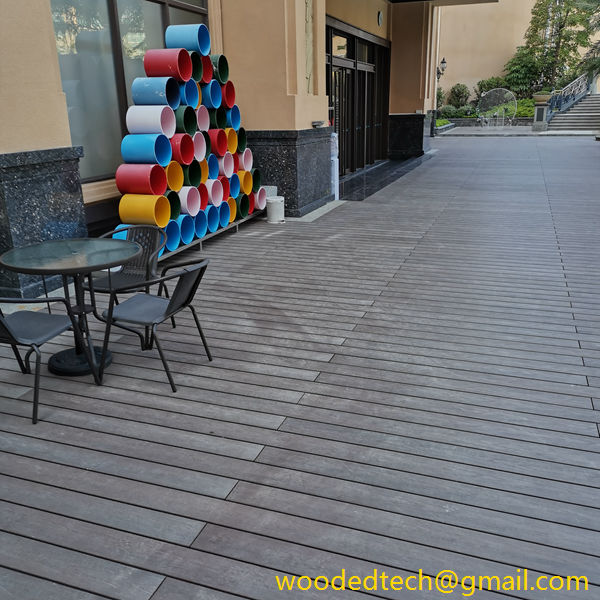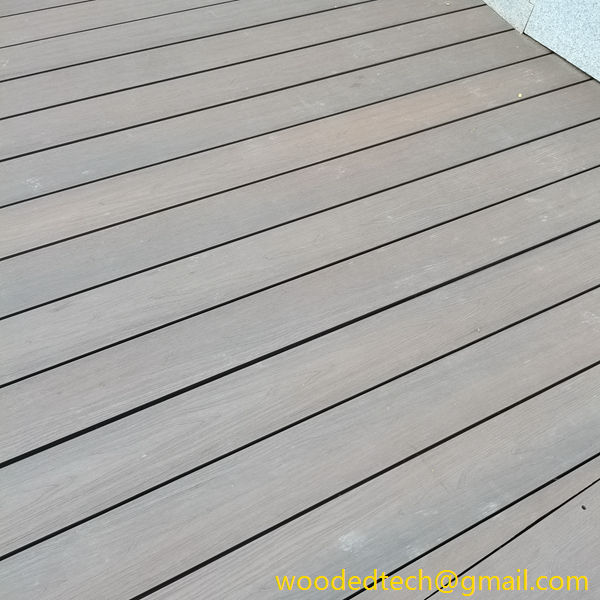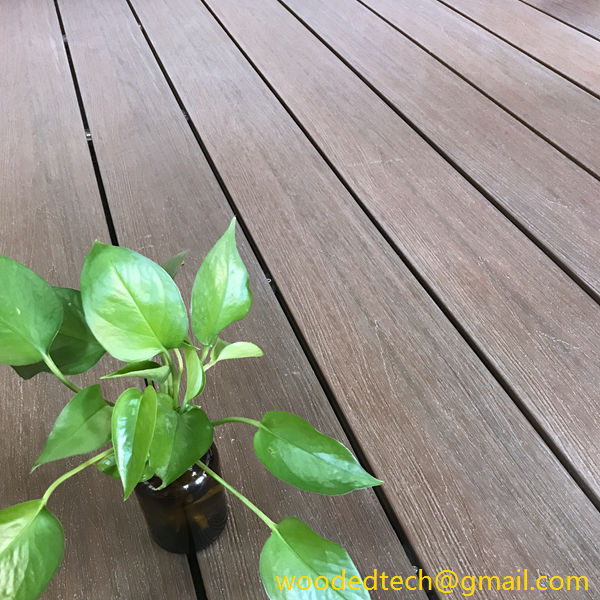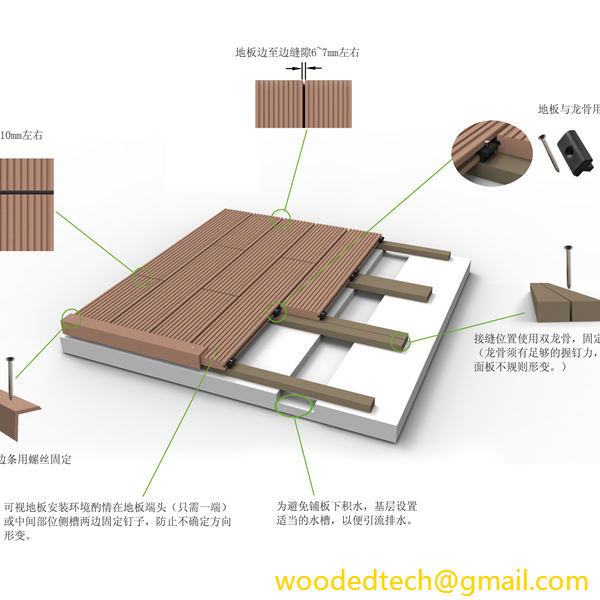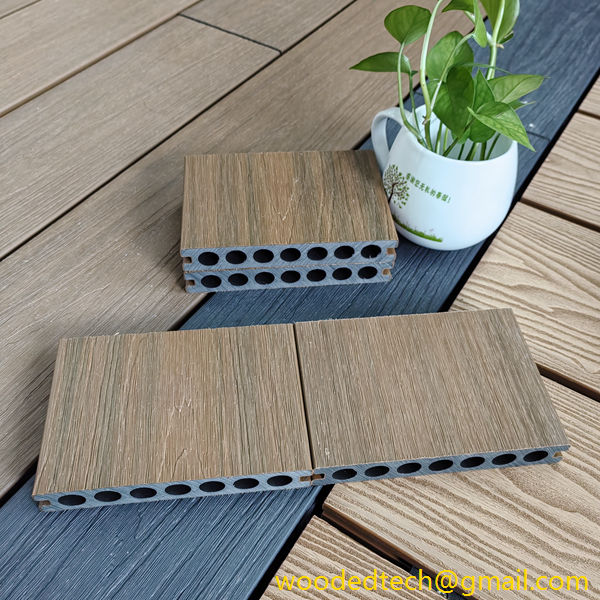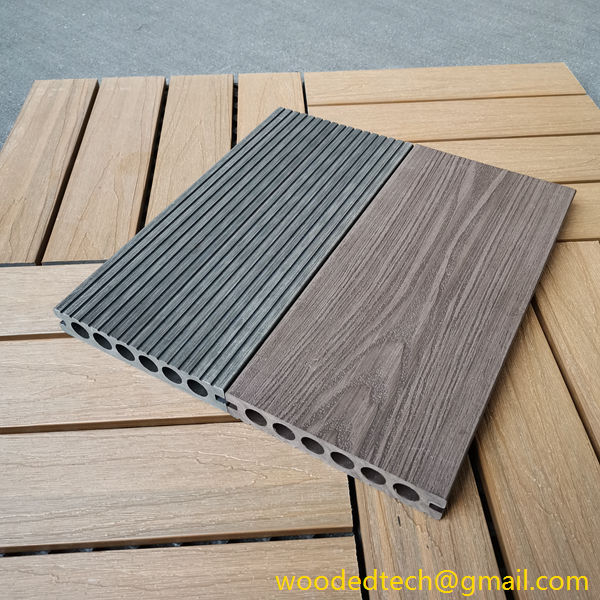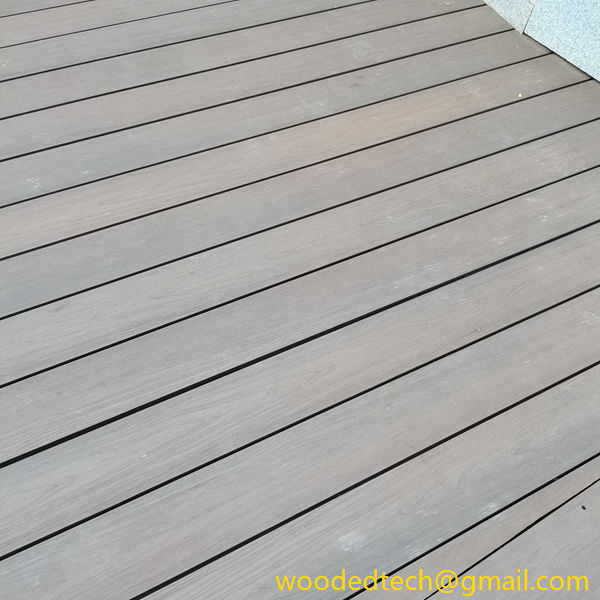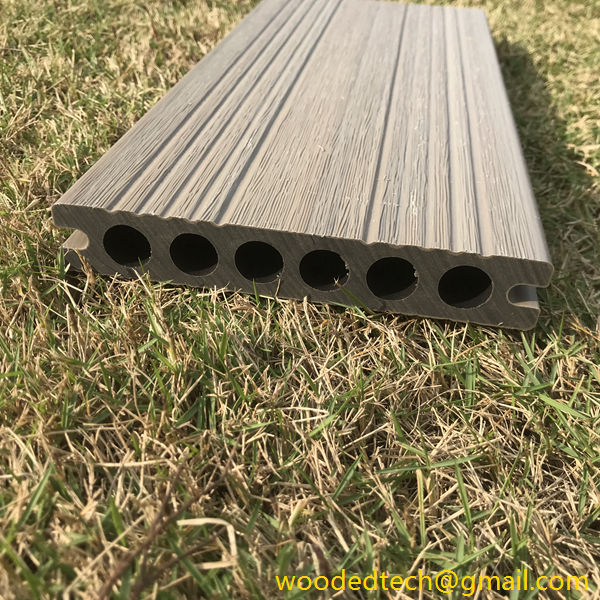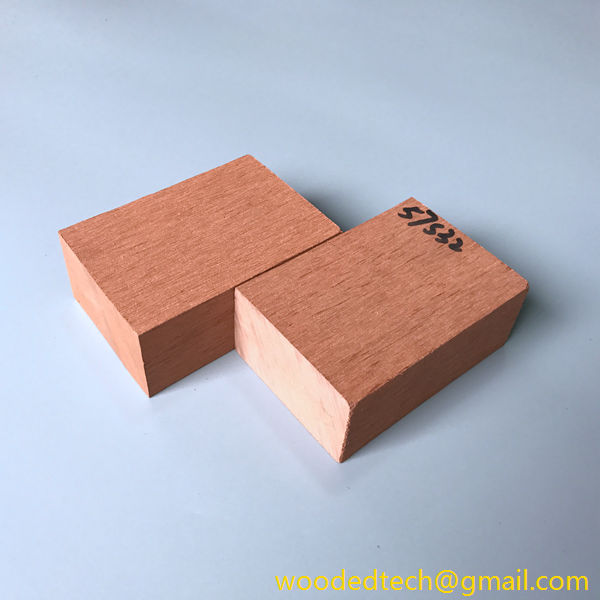Выбор водостойкого наружного настила для долговечной и устойчивой к непогоде открытой площадки
Когда речь идет о создании красивого и функционального открытого пространства, выбор правильного материала для настила имеет решающее значение. Палуба является продолжением вашей жилой зоны, предоставляя место для отдыха, развлечений и наслаждения природой. Однако наружная среда создает уникальные проблемы, включая воздействие влаги, солнечного света и перепадов температур. Чтобы...
When it comes to creating a beautiful and functional outdoor space, choosing the right decking material is crucial. The deck acts as an extension of your living area, providing a place for relaxation, entertainment, and enjoyment of the outdoors. However, the outdoor environment poses unique challenges, including exposure to moisture, sunlight, and temperature fluctuations. To ensure longevity and maintain aesthetics, selecting waterproof exterior decking is essential.
Waterproof decking is designed to withstand the elements, reducing the risk of damage from water infiltration, mold, and mildew. The materials chosen for this purpose play a significant role in the overall durability and weather resistance of the deck. Several factors should be considered when selecting the right waterproof decking material.
First, it is important to understand the different types of decking materials available on the market. Traditional wood decking, while attractive, is highly susceptible to water damage. Wood can warp, split, or rot over time when exposed to moisture. Although some types of wood, such as cedar and redwood, have natural resistance to decay, they still require regular maintenance, including sealing and staining, to preserve their appearance and durability.
Composite decking has gained popularity as an alternative to traditional wood. It is made from a combination of wood fibers and plastic, resulting in a material that is more resistant to moisture and insects. Many composite decking products are designed to be waterproof, making them an excellent choice for areas prone to rain or humidity. Additionally, composite materials require less maintenance and do not need to be sealed or stained regularly, providing a convenient option for homeowners.
PVC decking is another waterproof option that has gained traction in recent years. Made entirely from polyvinyl chloride, PVC decking is inherently resistant to moisture, mold, and mildew. It does not absorb water, which means it will not warp or swell like wood can. Furthermore, PVC decking is available in a variety of colors and styles, allowing homeowners to achieve the desired aesthetic for their outdoor space. However, it is important to note that while PVC decking is resistant to moisture, it can become hot under direct sunlight, which may be a consideration for those in warmer climates.
Another point to consider is the installation process of the decking material. Some products may require specialized installation techniques to ensure waterproofing features are effective. For instance, interlocking or tongue-and-groove designs can create a seamless surface that prevents water from seeping between boards. Ensuring proper drainage and slope during installation is also vital, as standing water can lead to premature deterioration of the decking.
It is also wise to look at the manufacturer’s warranty and performance claims. High-quality waterproof decking materials often come with warranties that guarantee their performance against fading, staining, and warping. Researching customer reviews and consulting with professionals can provide insights into the durability and performance of specific products.
In addition to choosing the right material, maintenance practices play a critical role in the longevity of waterproof decking. While many modern materials require less upkeep than traditional wood, regular cleaning is essential to prevent the buildup of dirt, grime, and mildew. Using a gentle cleaner and a soft brush or pressure washer can help maintain the appearance and functionality of the deck.
For homeowners living in areas with extreme weather conditions, it is beneficial to invest in features that enhance the deck’s resistance to environmental factors. Adding railings, awnings, or pergolas can provide additional protection from the elements. Furthermore, incorporating proper drainage systems is vital to prevent water accumulation that can lead to deck damage over time.
Another consideration for waterproof decking is the environmental impact of the materials used. Many homeowners are now seeking sustainable options that not only meet their aesthetic and functional requirements but also have a minimal environmental footprint. Products made from recycled materials or sustainably sourced wood can provide both durability and environmental responsibility.
Ultimately, selecting waterproof exterior decking involves a careful evaluation of materials, installation processes, and maintenance practices. By considering factors such as material composition, style, and environmental impact, homeowners can create a beautiful outdoor area that stands the test of time. A well-chosen waterproof decking solution not only enhances the aesthetic appeal of an outdoor space but also provides a safe and durable area for family and friends to gather and enjoy the beauty of nature.
In conclusion, investing time and effort into selecting the right waterproof exterior decking is an essential step in ensuring a durable and weather-resistant outdoor area. By choosing high-quality materials such as composite or PVC, understanding the installation requirements, and committing to proper maintenance, homeowners can enjoy a beautiful and functional outdoor space for years to come.

